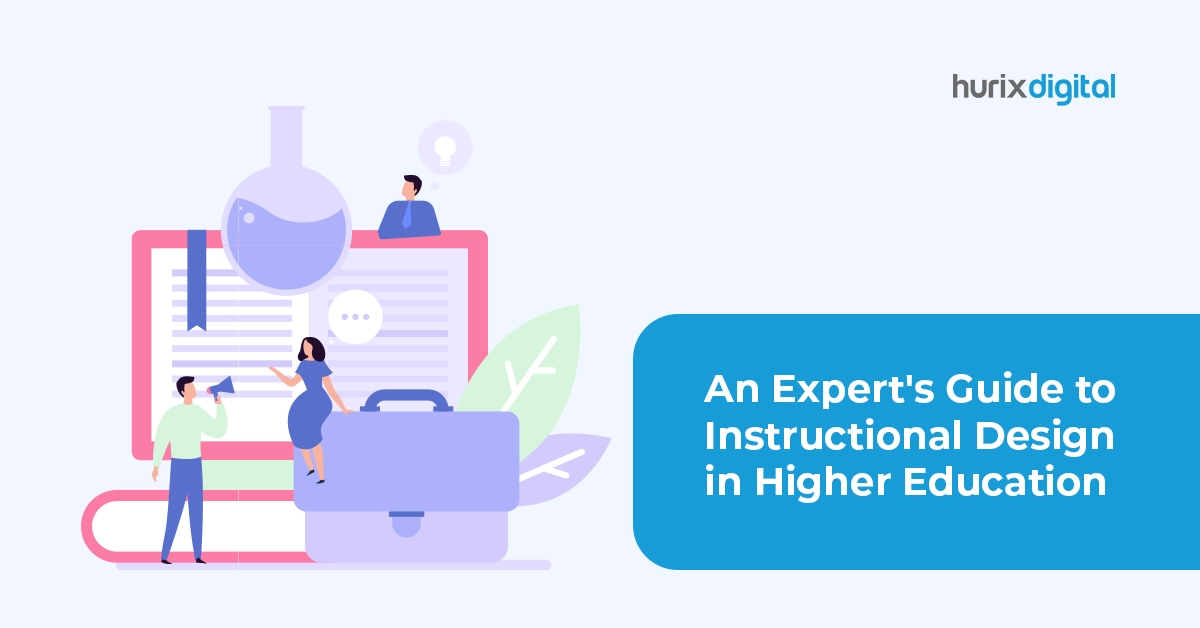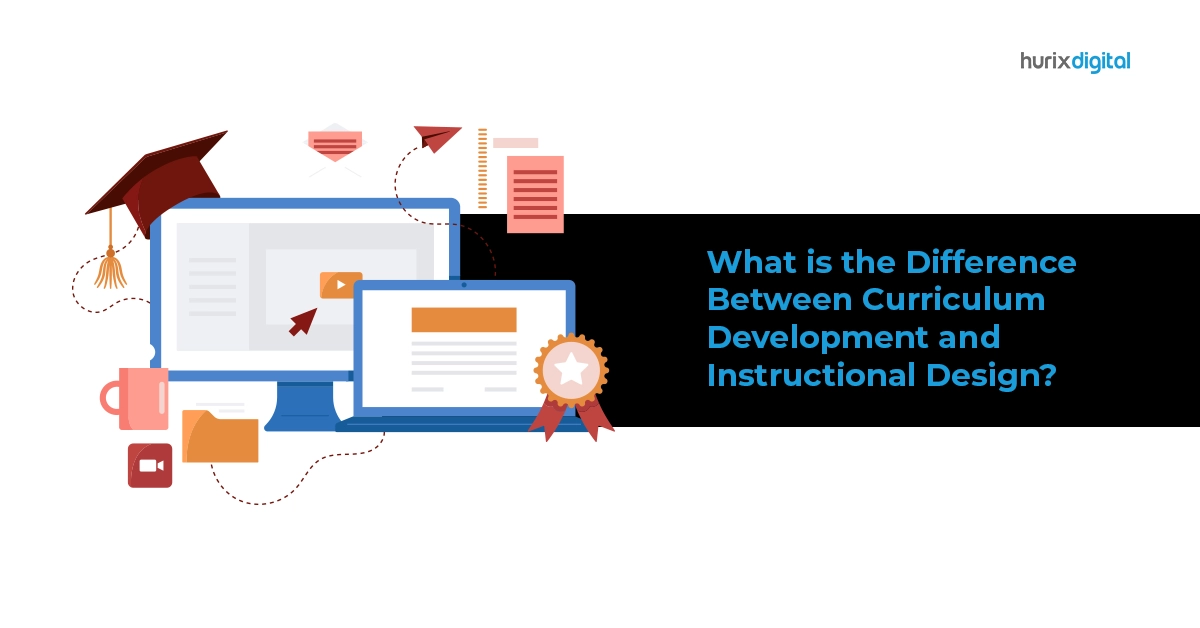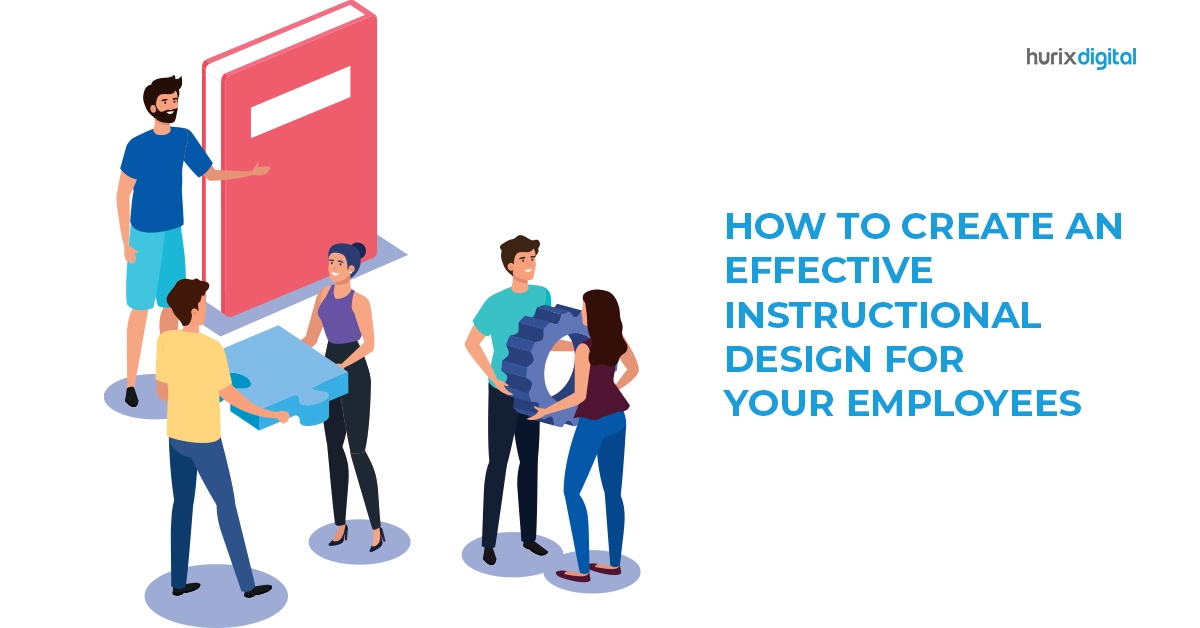What is an Instructional Design Strategy for eLearning?
An instructional design strategy is a detailed plan of how an eLearning course will be designed. Like any other strategy, an instructional design strategy begins with identifying and listing the eLearning course objectives and the course of actions that must be taken to achieve these goals using various resources, techniques, devices, and learning theories.
In this blog, we look at some instructional strategies for eLearning that will enhance the learner’s experience.
As a first step, conduct a needs analysis to understand both learners and the organizational goals. You can administer questionnaires or conduct face-to-face or group meets. On-site observation of the learners will help you read between the lines and gain crucial insights. The needs assessment will help you finalize a learner-centered instructional strategy using media, resources, and technology the learners are most comfortable with.
Once you have defined the goals for instructional strategies for eLearning, the next step is to choose the media elements to support your strategy. These can include audio, video, graphics, infographics, screencasts, and simulations.
You also have to consider the learning devices on which the eLearning course will be accessed. These days, all eLearning courses are designed to be viewed on all types of devices, including PCs, laptops, tablets, and smartphones.
The next step is to structure the course with flow diagrams and scenarios that explain each user’s process and role. Also, in this step, you must define the layout and structure of the course, the course features, and the assessments, both summative and formative.
Finally, you also have to consider the technical aspect, how you will deploy the course, meet the standard compliances, and the development tools you will use to create the course.
Once the groundwork is complete, the next step is to develop an instructional design strategy to create the eLearning course.
Four Best Instructional Design Strategies that Provide Maximum Benefits -
1. Story-based learning
To keep learners engaged, package eLearning courses in the form of an engaging story. A story provides a personal connection and creates an emotional and perceptual learning experience. Elements such as a thought-provoking storyline and plot, strong narrative, relatable characters, suspense, and anticipation keep the audience engaged and hooked.
One interesting story-based instructional design strategy for eLearning is to create situations, making learners the central character of the plot, and giving them control to take the story forward to attain the learning goals. Another approach is creating a conflict situation, complete with suspense and anticipation, allowing the learners to bring the story to its logical conclusion.
2. Scenario-based learning
Scenario-based learning is ideal for bringing about behavioral change. This instructional design for eLearning helps improve learner engagement, challenging them to explore the task at hand, and prompting them to make the right decisions to meet the learning outcomes. This eLearning instructional design usually consists of branching scenarios that put learners in real-life situations in a virtual environment, eliciting a behavioral response from them.
Learners learn how to solve problems and thus hone their critical thinking and problem-solving skills. They get an opportunity to make decisions and learn from their mistakes in a secure environment. For a successful scenario-based instructional design strategy, make sure that the scenario mirrors real-life situations, uses characters that the learners can relate to, challenges the learners, and provides customized feedback at each decision point.
3. Microlearning
Microlearning aims to provide just-in-time performance support or reinforce what has been taught. Microlearning is the answer to counter information explosion, heavy distractions, and low attention span. This form of learning divides large lessons into small nuggets. Each nugget is usually about 3 to 5 minutes long and encapsulates concise but complete information required by the learners to complete a task, convert a prospect into a client, or reinforce concepts of a lesson.
Each nugget has a key takeaway, and the content is usually packaged in the form of an audio or video file, which the learners can access on their smartphones. Microlearning reduces cognitive overload and ensures that learners have access to the right information at the right time. This instructional design strategy packages eLearning content in the form of interactive video coupled with augmented reality / virtual reality, an infographic, or a checklist/job aid. To get microlearning right:
- Identify a specific learning goal and make sure it is focused.
- Read and edit the content to make sure that only the most relevant and essential information is retained.
- Grab the learner’s attention with attractive audio-visuals or a catchy script and use a conversational tone to keep content actionable and to the point.
4. Gamification
Gamification refers to the use of game design in a non-gaming context. The content is presented in the form of a game with levels such that each learner has to complete one level to move to the other successfully. At each level, the learner gains knowledge and skills which are necessary to complete the next level. Gamification incorporates elements such as points, levels, badges, and leaderboards for intrinsic motivation. It challenges and excites the learners to pursue a course of action, then course-correct along the way, and finally achieve the learning goals.
The learners take responsibility for their decisions and actions and gain a sense of attainment. For successful gamification, you need to identify the main idea or theme to be gamified, align the gamified elements with learning objectives, and make the gamified elements relevant and simple. You should also incorporate rewards and recognitions such as points, levels, badges, and leaderboards to motivate the learners, and finally, use a compelling narrative complete with relatable characters, goals, obstacles, and challenges.
Conclusion
The instructional strategies for eLearning you choose will largely depend on the learning outcomes or the kind of training. Before devising cohesive eLearning strategies, you need to consider certain parameters such as the audience profile, learning environment, and constraints of time and cost. Next, identify the learning goals and the media elements to support these goals. Consider the resources and elements you have at your disposal. Finally, get in touch with an instructional design service provider to help you accomplish the eLearning course design and the goals within the time and budget.
Need to know more about our Products & Services? Drop us a Note.











